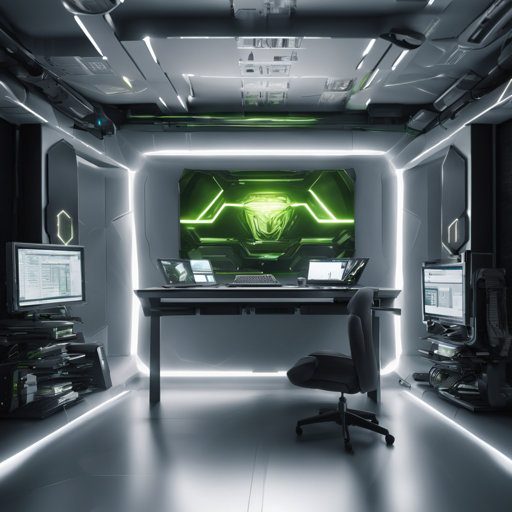Welcome to our guide on how to work with the formidable Nvidia Minitron-8B-Base-GGUF model! This powerful model is designed for text generation tasks and comes in various quantization formats to help you optimize performance based on your computational resources. Whether you’re a novice embarking on your AI journey or a seasoned developer looking to refine your workflow, this article will help you navigate through the essentials.
Understanding Model Quantization
Before diving into the practical aspects, let’s understand quantization.
Imagine you’re packing for a trip: you have a huge suitcase (the original model size) that can fit everything, but it’s too big to carry around. Quantization is like packing your items into smaller bags—still functional but more manageable. In this framework, your model is altered to fit into different “size bags,” such as 8-bit or 4-bit formats, reducing the computational cost while maintaining performance.
Downloading the Model
To get started, you will need the Hugging Face CLI tool. Here’s how to download the Minitron model:
- Open your terminal or command line interface.
- If you don’t have huggingface-cli installed, run:
pip install -U huggingface_hub[cli]huggingface-cli download legraphista/Minitron-8B-Base-GGUF --include Minitron-8B-Base.Q8_0.gguf --local-dir .huggingface-cli download legraphista/Minitron-8B-Base-GGUF --include Minitron-8B-Base.Q8_0* --local-dir .Running Inference
You can perform inference using the Llama.cpp interface. Here’s a simple command structure suggested:
llama.cpp main -m Minitron-8B-Base.Q8_0.gguf --color -i -p "prompt here"Troubleshooting Tips
If you encounter any troubles during downloading or inference, try the following steps:
- Ensure your internet connection is stable.
- Check the documentation for Hugging Face CLI for any updates.
- If your files are not merging correctly, verify that you’re using the correct syntax and that the split files are in the right path.
- If running into errors with Llama.cpp, make sure you have the appropriate model file and the commands are correctly formatted.
For more insights, updates, or to collaborate on AI development projects, stay connected with fxis.ai.
Common Questions
Why is the IMatrix not applied everywhere?
Lower quantizations are generally the only ones that benefit from the IMatrix as indicated by the investigation.
How do I merge a split GGUF?
- Ensure you have gguf-split available. Download it from here.
- Locate your GGUF chunks folder (e.g., Minitron-8B-Base.Q8_0).
- Run the following command to merge:
- Ensure that you’re pointing to the first chunk of the split.
gguf-split --merge Minitron-8B-Base.Q8_0 Minitron-8B-Base.Q8_0-00001-of-XXXXX.gguf Minitron-8B-Base.Q8_0.ggufConclusion
Working with the Nvidia Minitron-8B-Base-GGUF model can significantly enhance your text generation capabilities. With the understanding of model quantization, downloading best practices, and troubleshooting tips provided in this article, you are well-prepared to take on your next AI project. At fxis.ai, we believe that such advancements are crucial for the future of AI, as they enable more comprehensive and effective solutions. Our team is continually exploring new methodologies to push the envelope in artificial intelligence, ensuring that our clients benefit from the latest technological innovations.

